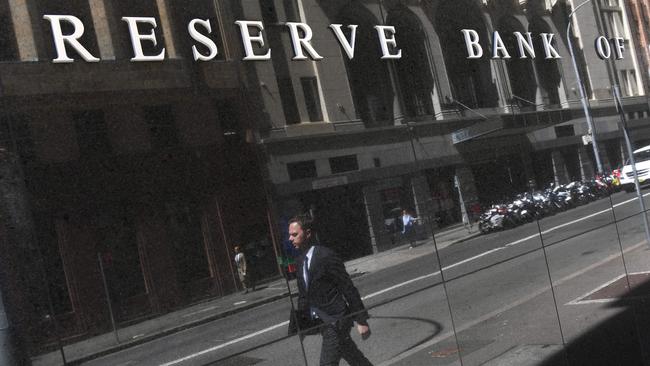Reserve Bank keeps interest rates on hold
The bank has expressed more concern about the labour market and growing house prices than last month.

The Reserve Bank of Australia has met market expectations by keeping rates on hold for the third successive month.
Futures markets had pointed to just a 6 per cent chance of a rate cut ahead of the meeting, with the central bank opting to wait for more data to better assess cuts in May and August that dragged the cash rate down to a record low 1.5 per cent.
RBA Governor Philip Lowe expressed more concern about the labour market and rising house prices in the accompanying statement, but also appeared to downplay inflation concerns more than last month.
The statement retained the same concluding paragraph as in October, meaning a neutral bias was retained.
News of the neutral bias forced the Australian dollar higher, with traders suddenly gaining confidence the easing cycle may be over.
Futures markets are now pricing in just a 29 per cent chance of a cut next year, as against a 40 per cent chance prior to today.
“It is significant that the governor chose to retain the same language as used in October for the concluding paragraph which signals any bias,” Westpac chief economist Bill Evans said.
“It is entirely consistent with our view that rates will remain on hold for the remainder of this year and over the course of 2017.”
The Australian dollar rose on the update, adding US0.2c to US76.4c by 2.40pm (AEDT).
Ahead of the release of the RBA’s closely-watched Statement on Monetary Policy later this week, Dr Lowe took the liberty of updating the market on the central bank’s view on growth prospects, a sign the new RBA boss is keen to offer more information than predecessor Glenn Stevens.
“The bank’s forecasts for output growth and inflation are little changed from those of three months ago,” he said.
“Over the next year, the economy is forecast to grow at close to its potential rate, before gradually strengthening.”
Inflation, he added, is expected to “pick up gradually over the next two years”.
The RBA had seen a series of mixed data surface since its last meeting, including inconclusive inflation numbers, weaker jobs figures, positive trade data and steady consumer confidence readings.
Inflation, however, is seen as the key to any future moves, with price pressures remaining well below the RBA’s medium-term target.
The central bank has expressed a willingness of late to allow inflation to gradually return to trend and may have been encouraged by a rise in the headline inflation rate through the September quarter, even if core inflation remained subdued.
Dr Lowe provided a bit more colour around inflation following today’s meeting, noting the quarterly inflation reading came in “broadly as expected”.
He also slightly toned down his view of wages growth from “very subdued” to “subdued”.
“Subdued growth in labour costs and very low cost pressures elsewhere in the world mean that inflation is expected to remain low for some time,” he said.
House prices are also a focal point, with the RBA cautious about further igniting a boom that has seen prices in Sydney just about double since the financial crisis.
Figures released this morning showed valuations across Australia’s capitals rose 0.5 per cent in October, a deceleration from growth of around 1 per cent in the prior two months but enough to push the rate of growth up to 7.5 per cent over the past 12 months.
Melbourne and Sydney have led the way with valuations surging around 10 per cent over the past year, driving prices to new record highs.
Dr Lowe noted the rise in prices, expressing more anxiety about the run-up in valuations in his statement today than last month.
“The rate of increase in housing prices is also lower than it was a year ago, although prices in some markets have been rising briskly over the past few months,” he said.
The reference to a “brisk” rise in prices represents an addition to last month’s statement.
The statement was otherwise largely similar to October’s release, although Dr Lowe noted employment growth “overall had slowed,” as against last month’s view that just full-time figures had been subdued.
Australia’s central bank was more bullish about China, however, changing tune from a view of “moderating” growth to an assessment the world’s second largest economy had “steadied recently”.



To join the conversation, please log in. Don't have an account? Register
Join the conversation, you are commenting as Logout